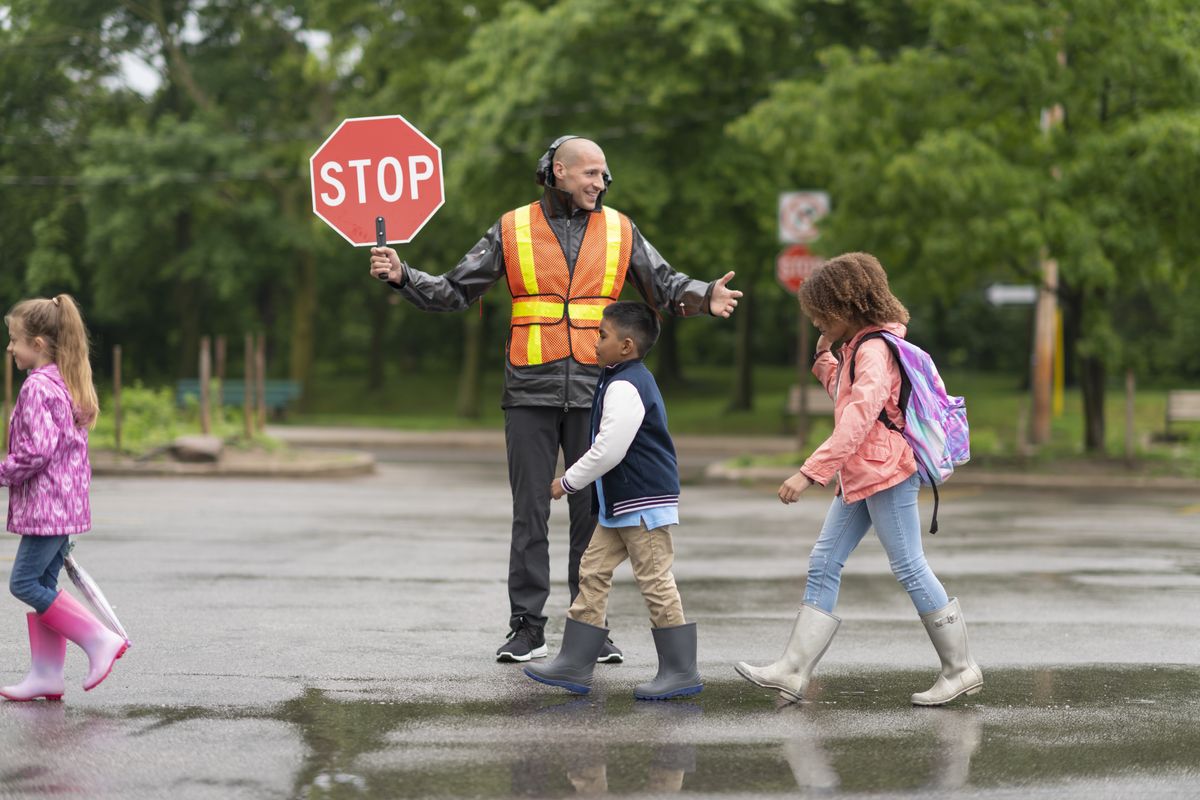
7 Things To Watch for During Back-to-School Season
September 01, 2023
Class is in, and it’s not just students who need a back-to-school refresher. So do professional drivers who must adapt to new routines to keep themselves, their cargo and school children safe on the roads.
The #1 lesson for drivers: Slow down! According to the World Health Organization, reducing your speed by just 5% can reduce the risk of a fatal road crash by 30%. During this time of year, you should plan for and expect an increase in traffic. Avoid feeling the need to rush by leaving a little earlier. Here are six additional things to watch for:
- School zones and crosswalks – Slow down well before school zones and always drive at or below the posted speed limit. A good rule of thumb is not to exceed 20 mph while in these areas. Watch for children during active school zone times and off-hours. Always obey crossing guards at crosswalks. They have the same authority as law enforcement officers in many states.Fact: Speed limits are 20 mph or less in only 4 out of 10 school zones.
- Schedules – School bus traffic is heaviest between 6 a.m.-9 a.m. and again from 2 p.m.-5 p.m. If you’re traveling during those hours, plan for extra time and expect delays.Fact: 1 in 4 high school students are distracted while walking.
- Your route – Plan ahead and take highways when possible to avoid heavily congested residential areas. Don’t take shortcuts on side streets or through neighborhoods. That’s where there’s an increased chance of pedestrian accidents.Fact: About 80% of students practice unsafe street crossings.
- School buses – Passing a stopped school bus is illegal in all 50 states. Stop far enough away so children can enter and exit a bus safely. Always keep the area 10 feet around a school bus clear — that’s the bus driver’s blind spot. When driving, never cut in front of a school bus. Don’t tailgate.Fact: Nearly 1 in 3 drivers observed unsafe drop-off or pickup behavior.
- Parked cars – Children and teens may dart onto the street from between parked cars. Scan both sides of the street and the sidewalks. If possible, move to the left lane on streets where cars are parked to the right.Fact: Marked crosswalks are missing in 3 of 10 crossings.
- Pedestrians and bicycles – Kids and teens may practice distracted walking and bicycling. They may text while walking or listen to headphones while cycling. Avoid distracted driving — including looking at your phone, eating or changing radio stations in school zones — so you can stay alert even when kids aren’t paying attention.Fact: 44% of distracted teens are wearing headphones or texting.
Sources for all facts: Safe Kids Worldwide
From Your Site Articles